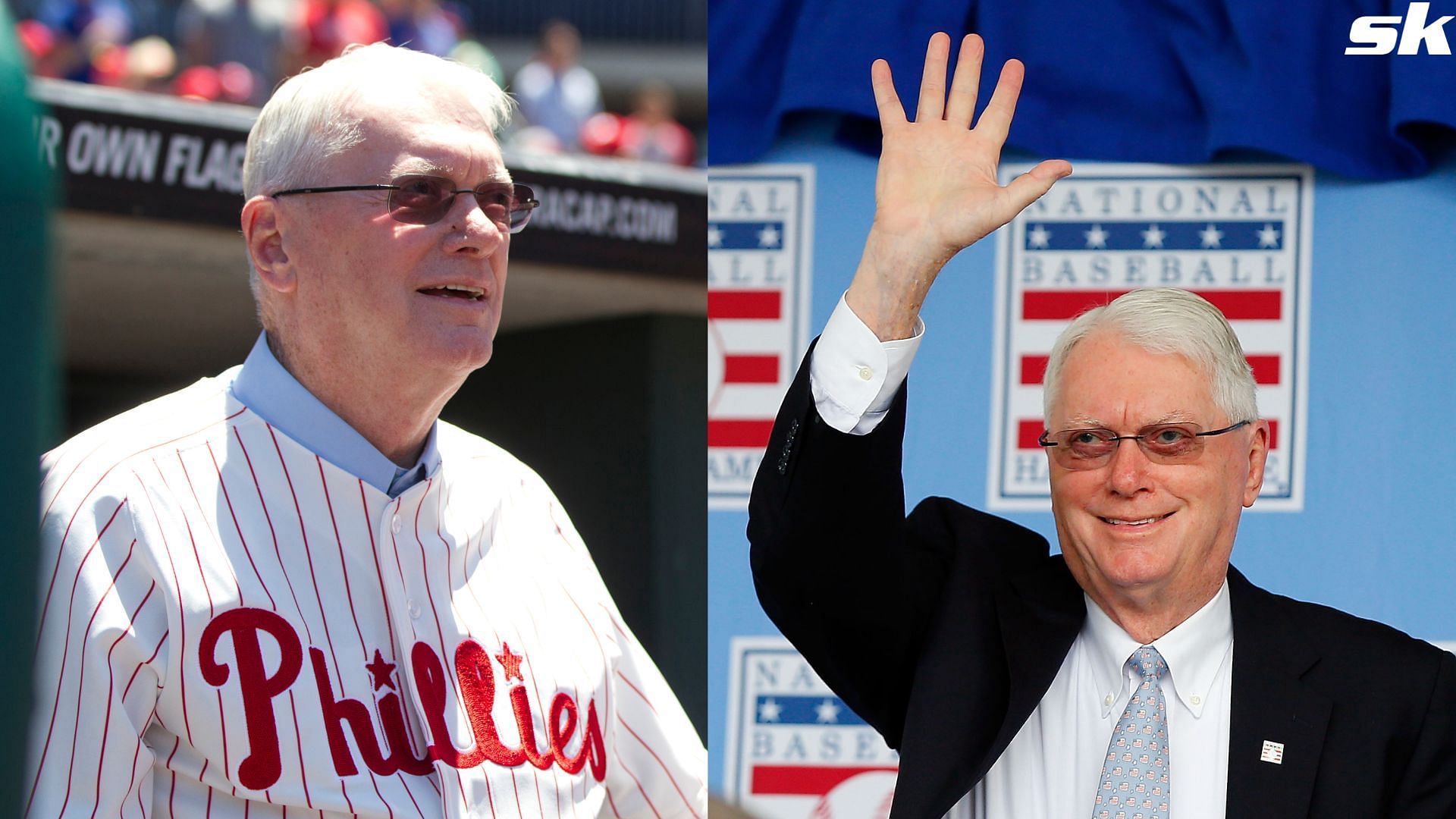
A 17-year career in MLB followed by stints in the House of Representatives and the Senate: The captivating story of Jim Bunning
Jim Bunning had a 17-year-long career in baseball, after which he served for more than two decades in both the House of Representatives and the Senate. Not many MLB players choose the path of politics after their baseball career, but Bunning certainly did.
After his career in baseball came to an end, Bunning went back to his native northern Kentucky. There he was elected to the Fort Thomas city council. Following this he was elected to the Kentucky Senate, where he served as the minority leader.
1986 saw Bunning get elected to the United States House of Representatives from Kentucky’s 4th congressional district. He served in the House from 1987 through 1999.
In 1998, Bunning was elected to the United States Senate from Kentucky. He had served as the Republican junior U.S. Senator for two consecutive terms. Bunning announced in 2009 his disinterest in running for a re-election in 2010.
After conducting his farewell speech to the Senate on December 9, 2010, Bunning left the chair for fellow Republican Rand Paul on January 3, 2011.
Jim Bunning’s career in the MLB
Jim Bunning is the only MLB player to have been elected to both the National Baseball Hall of Fame and the United States Senate.
Bunning played for the Detroit Tigers, Philadelphia Phillies, Pittsburgh Pirates and the Los Angeles Dodgers. He played as a pitcher from 1955 to 1971. When he retired Bunning had achieved the feat of having the second-highest total career strikeouts in the history of the league. Currently, he is placed at 22nd.
While he was playing for the Phillies, Bunning had pitched the seventh perfect game in the history of MLB. The record was created on June 21, 1964, during the first game of a Fathers’ Day doubleheader match that took place at the Shea Stadium against the New York Mets.
The National League had witnessed its first perfect game since 1880 through Bunning.
Later in 1996, Jim Bunning was inducted into the National Baseball Hall of Fame and Museum, after an election by the Hall’s Veterans Committee.